The biggest glacier in East Antarctica is melting due to warm ocean water
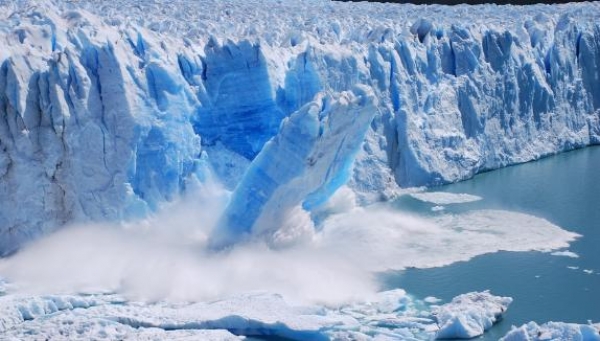
If the Totten glacier melts, global sea levels will rise by 3.5 meters
If the Totten glacier melts, global sea levels will rise by 3.5 meters
The massive Totten glacier, despite being in one of the world's most remote locations in east Antarctica, is melting due to global warming. Scientists on Australia's Aurora Australis icebreaker ship confirmed the satellite data which were showing that the glacier was thinning fast. In January 2015, thanks to an opening in the sea ice, the ship managed to get in closer than before, allowing precise observations. They took ocean measurements at 10 separate points along the floating Totten ice shelf, only to find out that warm water in the area "exceeds the in situ freezing point by more than 2.2°C", leading to the thinning of the glacier. The "warm" water is still below freezing point, but at the depths where the melting is occurring, this temperature is still warm enough to melt the basal ice. The research was published in Science Advances earlier this month.
"We discovered a large channel in front of the western side of the Totten Glacier which is around 10 km wide and up to a kilometer deep," said Dr Steve Rintoul, lead author of the report and Interim Director of Australia’s Commonwealth Scientific and Industrial Research Organization (CSIRO). "We found that warm ocean water is reaching the ice shelf through this channel, with temperatures high enough to drive rapid melt of the underside of the ice shelf." The measurements affirmed that warm ocean water is flowing in towards the glacier at the rate of 220,000 m3/second, causing the Totten to lose 63-80 billion tonnes each year to basal melt. This is the highest melt rate of any large East Antarctic ice shelf and one of the highest (if not the highest) on the whole continent. Although the glacier is hundreds of meters thick at points, it seems that the warm water is melting several meters of thickness per year.
‘The Totten is a big glacier, the largest in East Antarctica, and it contains enough ice to raise global sea levels by about 3.5 meters if it all melted, so it is important to know how it will behave in the future’, Dr Rintoul said. But apart from that, Totten could help researchers explain the phenomenon of radical sea level rise that occurred during previous warm eras, when global temperatures were not that much higher than those that exist today.
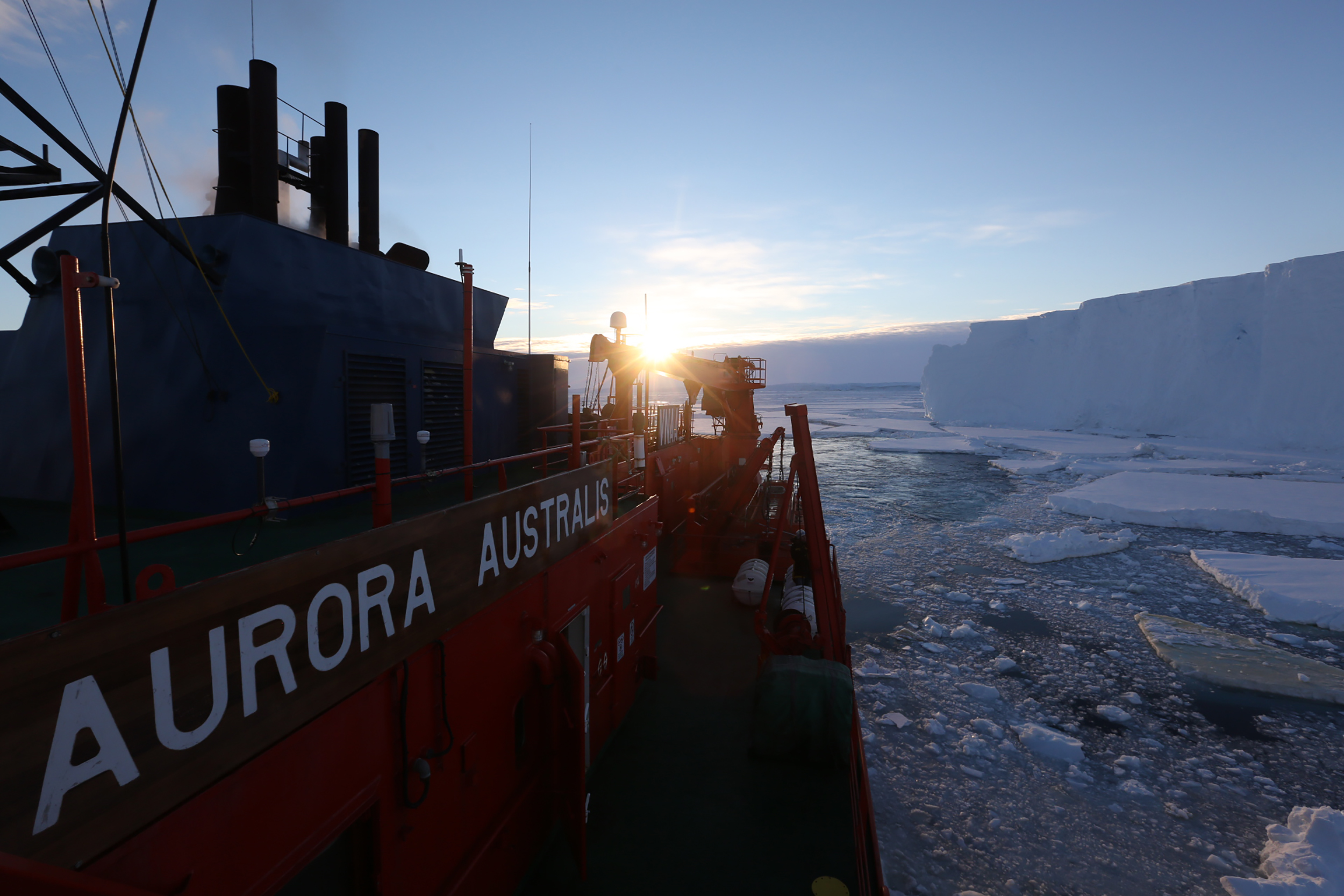
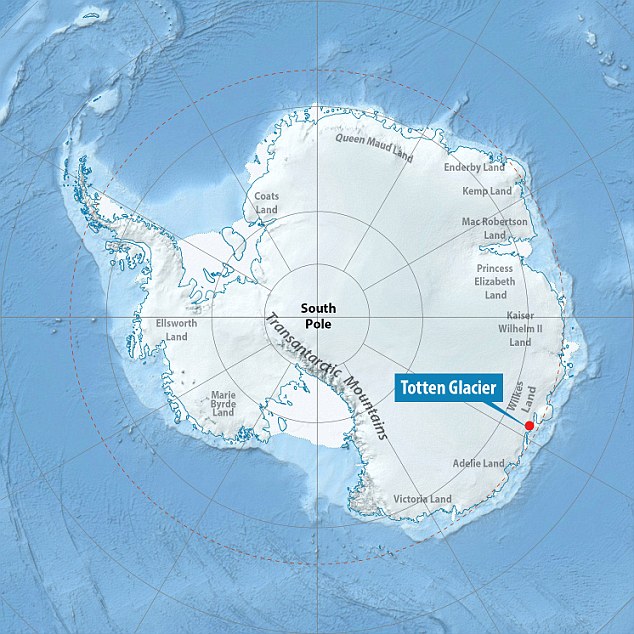
Want to read more like this story?
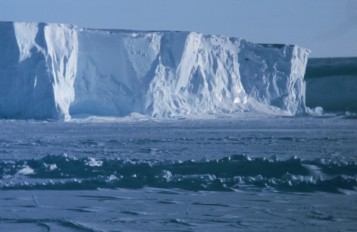
Glacial geoengineering could slow ice melting, claim glaciologists
Apr, 23, 2018 | NewsThree proposed geoengineering projects could buy us some time to address global warming Three pro...
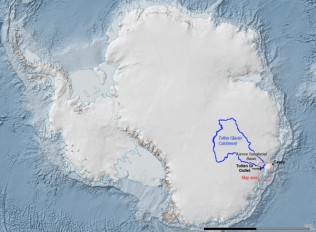
Hidden Flows Could Be Behind Antarctic Melt
Mar, 16, 2015 | NewsTwo previously unnoticed oceanic gateways of warm water have been linked to the extreme thinning of...

The Largest Ice Shelf In Antarctica Melting
Jul, 06, 2015 | NewsScientists warn that the global warming may cause the detachment of the largest ice shelf in Antarct...
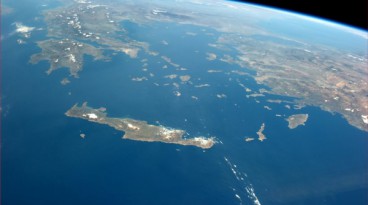
Horror Scenario For Coastal Areas
Jul, 29, 2015 | NewsClear warning from scientists, who note that the sea level rise may not be avoided even if the gover...
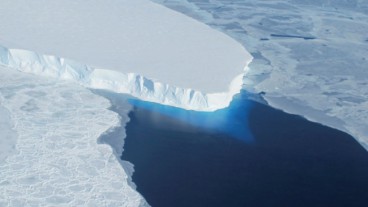
Geoengineering polar glaciers to decelerate ice melting
May, 23, 2018 | NewsScientists believe that an interference in polar glaciers melting is critical in order to slow the s...
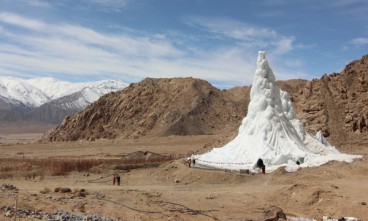
The ‘ice stupas’ could solve the water crisis in the high desert of the Himalayas
Jun, 15, 2018 | NewsArtificial glaciers are used to store the flowing winter water -that otherwise is wasted down the st...
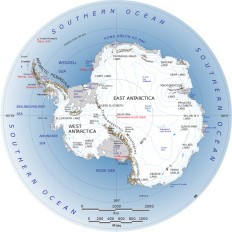
Antarctica's melting will result in higher sea-level rise than previously thought
Jun, 11, 2021 | NewsAccording to a new study, the global sea-level rise associated with the melting of Antarctica's ice...

Arctic Sea Ice Hits Record Low
Feb, 15, 2015 | NewsAccording to data from the NASA-supported National Snow and Ice Data Center (NSIDC) at the Universit...
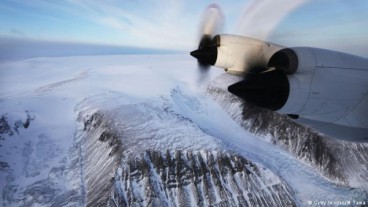
NASA flies over the poles to monitor ice loss
Jun, 22, 2017 | NewsSea ice in the Arctic reached the lowest maximum wintertime extent ever recorded Sea ice in the Arc...
Trending

Vertical gardens in Mexico City to combat pollution

Saudi Park Closed After 360 Big Pendulum Ride Crashes to Ground, 23 injured

Characteristics of Load Bearing Masonry Construction

Taipei 101’s impressive tuned mass damper

Dutch greenhouses have revolutionized modern farming

Federal court rules Biden’s offshore drilling ban unlawful


